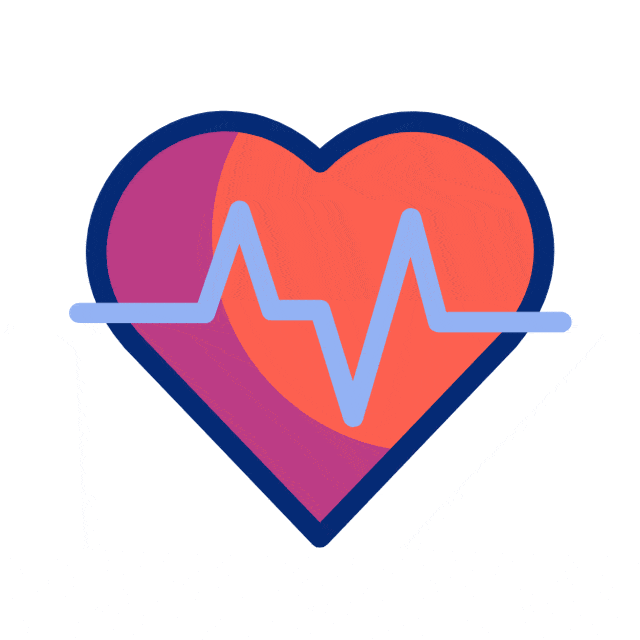Category : Healthcare
Breast cancer is the most common cancer and also the primary cause of mortality due to cancer in female around the World. About 1.38 million new breast cancer cases were diagnosed in 2018 with almost 50% of all breast cancer patients and approximately 60% of deaths occurring in developing countries.
Although the incidence rate was lower than many developed countries, it’s rapidly rising in Indian cities and the mortality rates were more than the western countries.
There are multiple demographic, social and biomedical risk factors of breast cancer. Age of the women, early age at menarche, delayed first birth and menopause, nulliparity, short duration lactation, use of birth control pills, obesity, excess consumption of fats, hormone replacements and more importantly women having family history are considered as significant risk factors of breast cancer by various epidemiological and clinical studies
Lack of knowledge of signs and symptoms is considered as one of the major reasons contributing to the late detection backed by cumbersome referral pathways for diagnosis, lack of proper regional centres for treatment, incomplete treatment due to high out of pocket expenditures and several socio-economic, geographical, and cultural barriers associated with women’s health
Considering the fact that breast cancer has grown as an epidemic in the country, lower knowledge of symptoms and signs may lead to delay in treatment seeking among the women.
Early diagnosis of cancer can effectively improve the chance of early detection of breast cancer in early stages and successful treatment resulting in improvement survival rate and quality of life.
Sympotms of Breast cancer are:
- New lump in the breast or underarm (armpit).
- Thickening or swelling of part of the breast.
- Irritation or dimpling of breast skin.
- Redness or flaky skin in the nipple area or the breast.
- Pulling in of the nipple or pain in the nipple area.
- Nipple discharge other than breast milk, including blood.
In this regard, early detection of disease through clinical breast exams such as mammography and breast self-examination as simple and inexpensive approaches provides the best approaches for reducing the risk of dying from breast cancer.
All major medical organizations recommend screening mammography for women aged 40 years and older. Screening mammography reduces breast cancer mortality by about 20% to 35% in women aged 50 to 69 years and slightly less in women aged 40 to 49 years at 14 years of follow-up.





